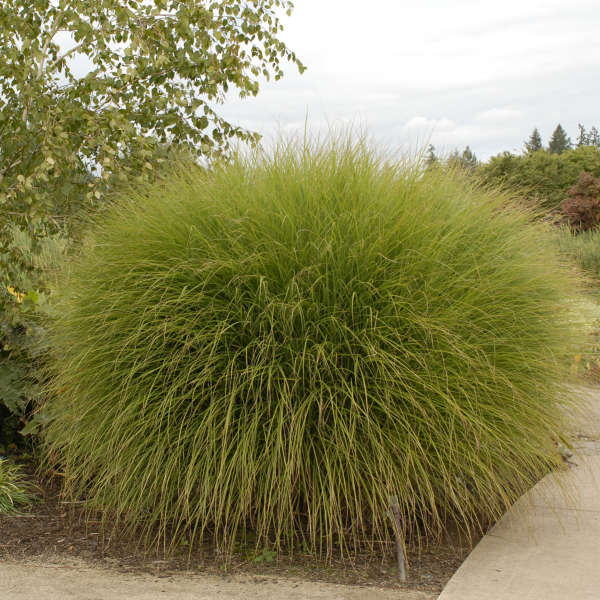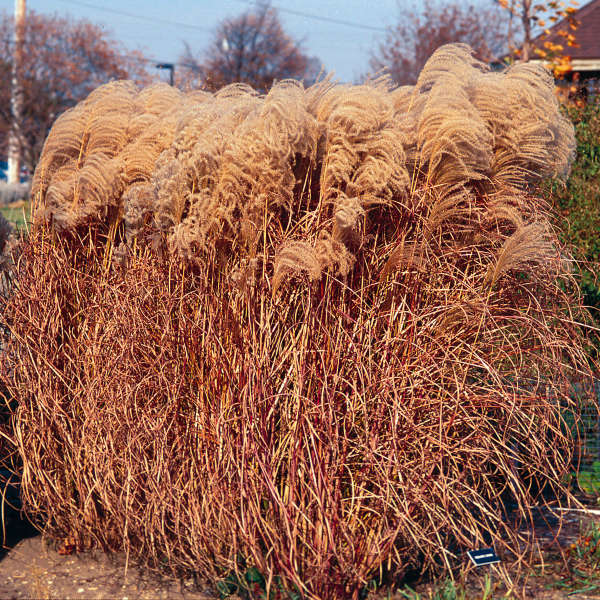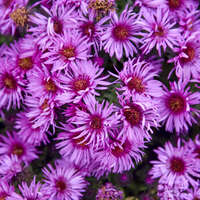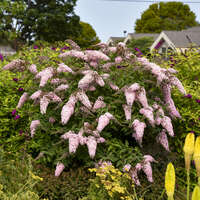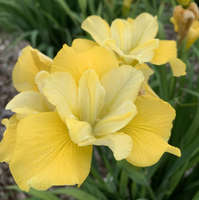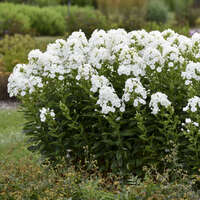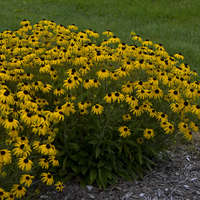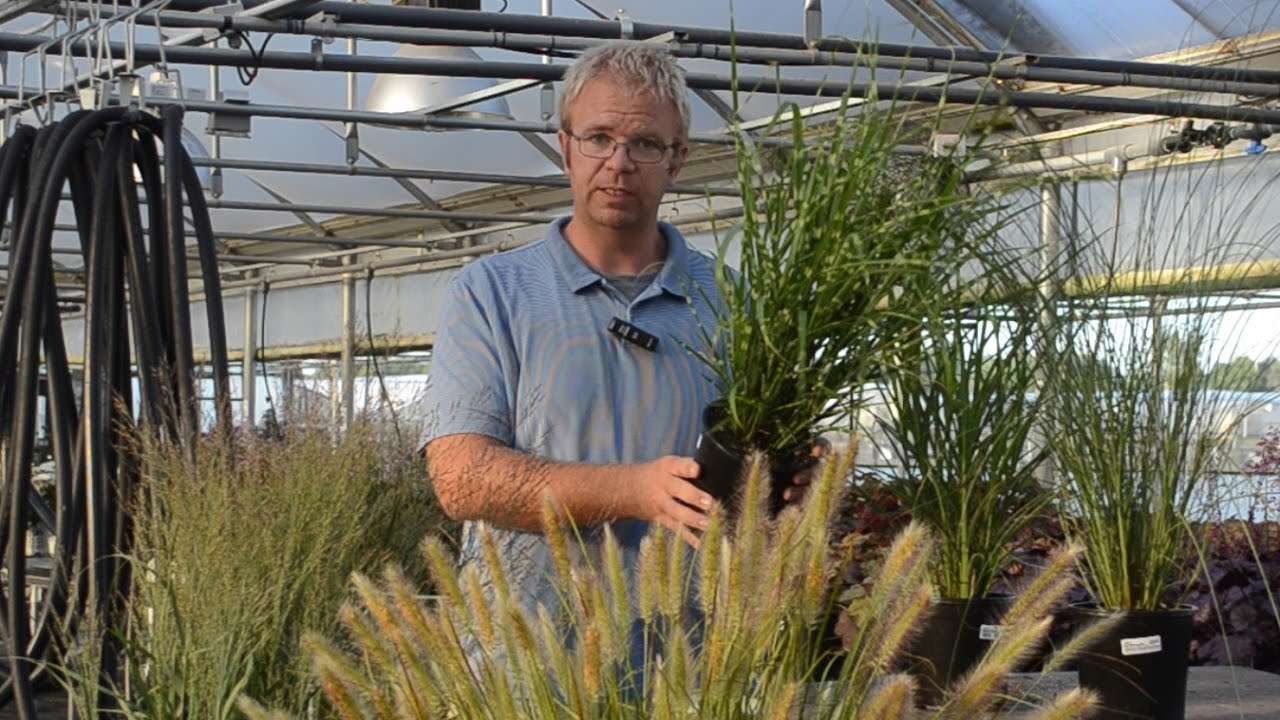Growing Temperature:
75° F days
60° F nights
Soil PH:
5.8-6.3
EC (What is EC?):
2.0-3.0 pour through method
Fertility:
Miscanthus are heavy feeders.
Feed 100-200 ppm N at each irrigation, or incorporate controlled release fertilizer at 1.25-1.5 lbs per cu.ft. of growing media.
Vernalization:
12-14 weeks of cold are needed for flowering.
Pests & Diseases:
Scout for insects and spray as required. A weekly fungicide application will help prevent foliar diseases.
Potting & Timing:
Bare root plants can be trimmed to fit the pot.
Do not plant too deep or too high. Miscanthus is a warm season grass that requires long days and warm temperatures. They perform best when planted in the summer months.
Moisture:
For potting soil use commercial planting media.
Roots must be kept moist prior to potting and plants must be kept from freezing, preferably above 45° F, both before and after transplanting.
Water sparingly until new growth appears.
Planting Level:
Pot up at the same level as the liner.
PGRs/Pinching:
The following products are recommended for Miscanthus and should be applied as a drench. 10-ppm Topflor ( flurprimidol, SePRO), 10-ppm paclobutrazol (Bonzi, Syngenta Professional Products; Piccolo, Fine Agrochem-icals Limited; or Paczol, Chemtura Corp.) and 2-ppm Sumagic (uniconazole, Valent U.S.A. Corpora-tion).
Apply when plants reach 10-12 inches tall.
Lighting:
Requires long days to grow. Do not attempt to grow under short days as plants will not become active.
Other Comments:
Overwintering Information:
- Containerized grasses are more susceptable to loss than those in the landscape.
- Keep in a poly-covered house and cover with perennial cloth.
- Maintain temperatures above 25° F. Bait liberally for rodents.
